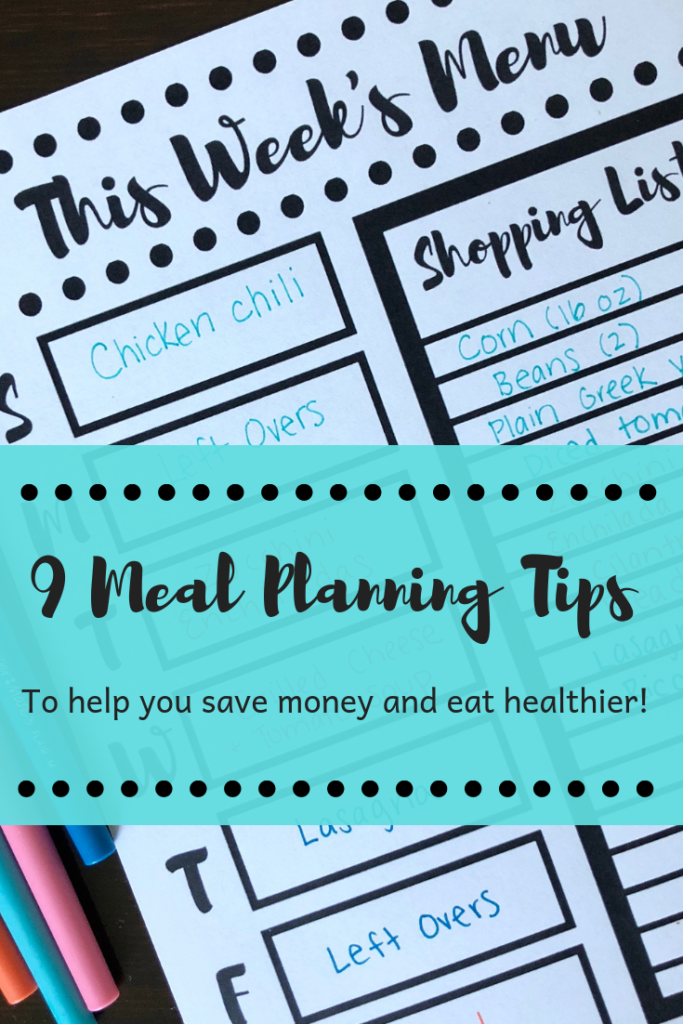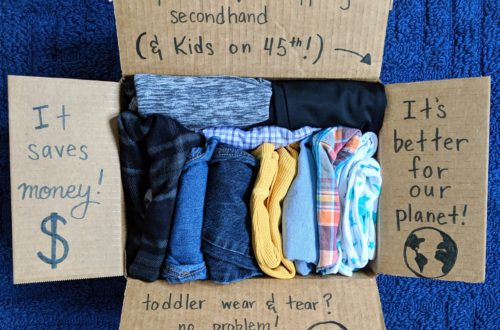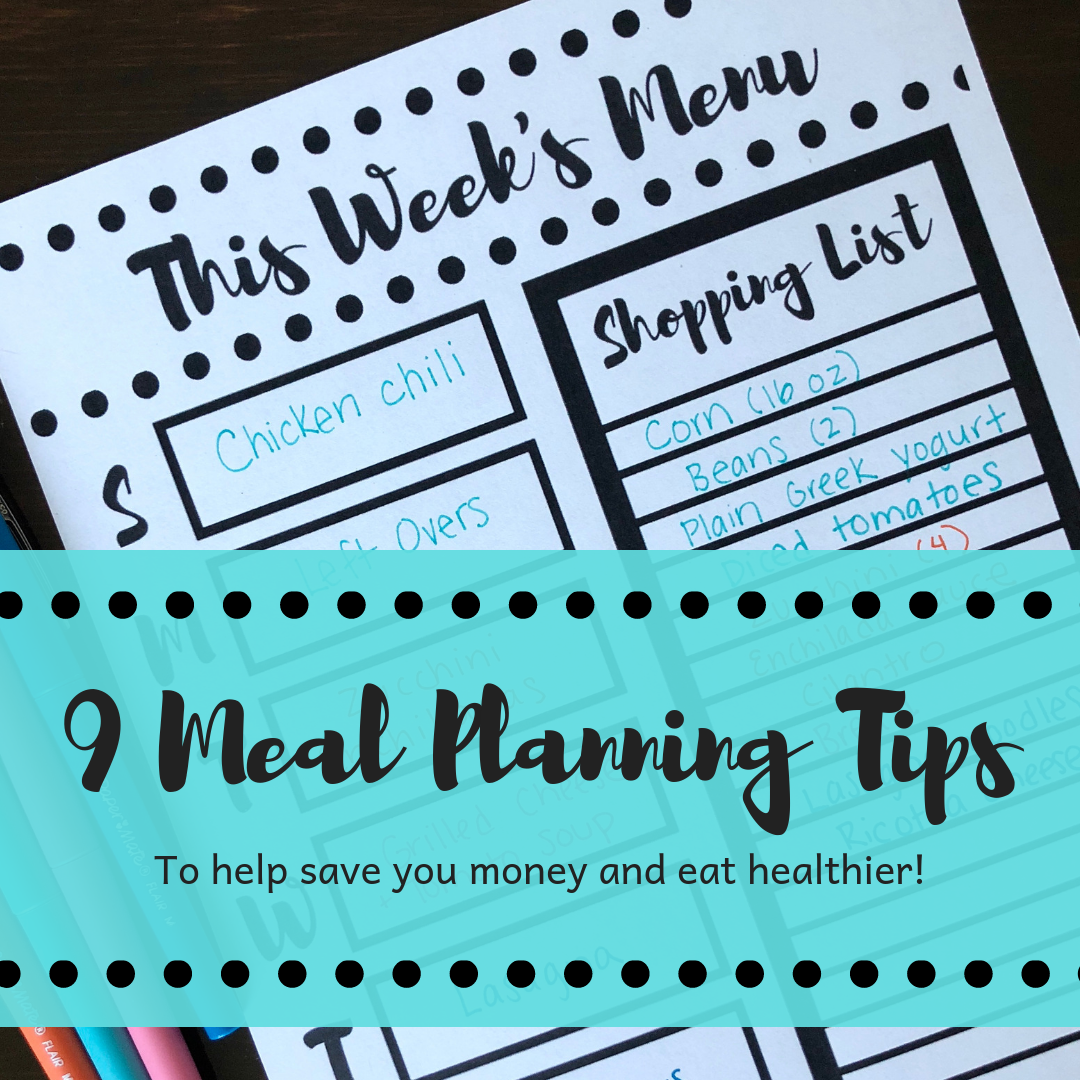
9 Meal Planning Tips to Help Save Money & Eat Healthier
Meal planning is something that I do every single week. I started meal planning initially because it helped me stay on track and eat healthier throughout the week. When you have all of your recipes planned and the ingredients to make them, it is much less tempting to go out to eat or order take out! Over time, I have discovered that meal planning is also a great tool to lower the cost of groceries, reduce food waste and try new recipes.
However, I know that meal planning can be overwhelming if you are just starting! Here are my top nine tips to make meal planning as easy and beneficial as possible:
1. Use a template
There are tons of meal plan templates out there! I like to use this format, but you can use any that make sense to you. I start by listing my favorite recipes and then listing any needed ingredients— this way I meal plan and create my grocery list all at once!
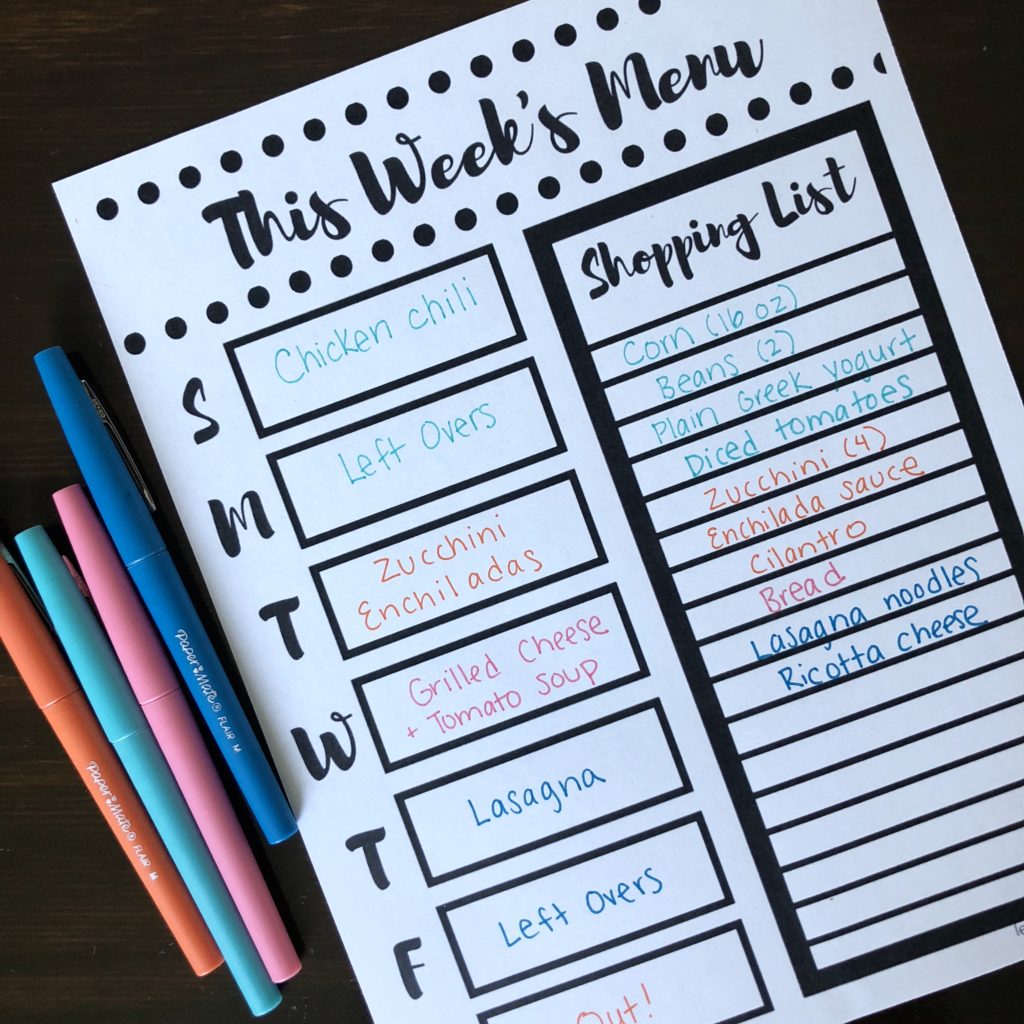
Meal plan template can be found on this blog post.
2. Start with planning dinner
Some people like to meal plan what they eat for every meal throughout the week. For me, this is overwhelming and unnecessary because I tend to eat pretty similar things for breakfast, lunch and snacks. Dinner is the one meal that our family shares, so it is the meal that I plan for. Try starting with dinner and adding breakfast and lunch once you get the hang of it!
3. Choose recipes with similar ingredients
When looking for meals to make, try and find recipes that share like ingredients. This sometimes allows you to buy in bulk, which saves you money. It also gives you a chance to use all of your produce before it goes bad!
4. Start with ingredients you already have
Check you refrigerator, freezer and pantry to see what ingredients you already have at home. For example, if you already have chicken in the freezer and beans and diced tomatoes in the pantry—make chili one night! This sounds obvious, but I know I often don’t take advantage and use what I already have. I created this template to help me meal plan in this way, which can be found here.
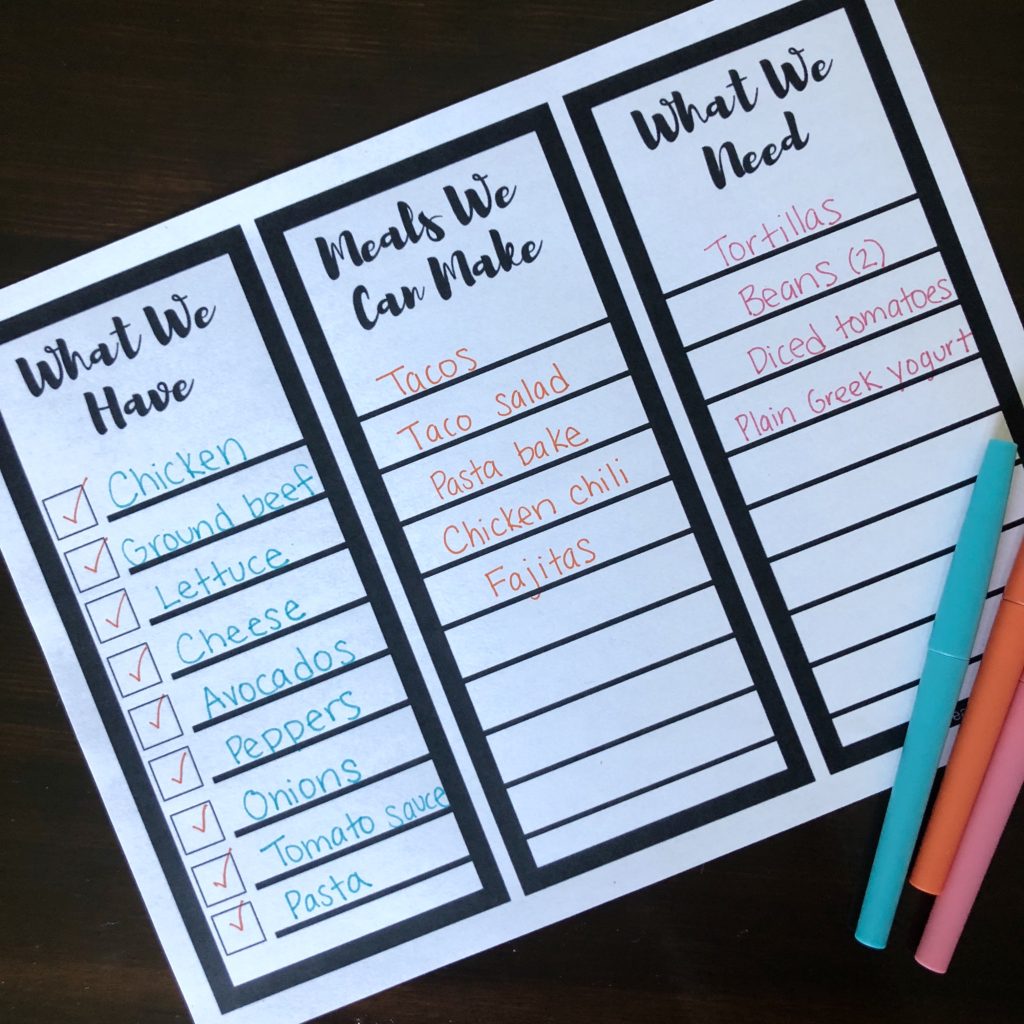
5. Plan to use perishable ingredients first
Since I usually grocery shop on Sunday or Monday, I try and make recipes with the most perishable ingredients first so no food goes to waste. I’ve found that if I plan to have a big salad for dinner towards the end of the week, that often the produce goes bad before it is time to eat it.
6. Check sales and compare prices
If I don’t have a lot of food in the pantry or freezer, sometimes I look at the grocery store ads to see if there are any good deals on produce or meats and then I try and base my meals around those ingredients.
7. Plan a crockpot meal for the end of the week
I tend to save crockpot meals for later in the workweek when I am not as eager to cook. Fridays are usually the day that I want to go out to eat instead of making dinner, so having something already in the crockpot helps us make a healthier choice and save some money!
8. Save your weekly meal plans
I save my meal plans each week and put them into a binder. After doing this long enough, you can look back and reuse previous week’s meal plans!
9. Plan for leftovers every other night
This is my favorite tip because it not only saves a lot of money, but means you don’t have to cook as often! 
